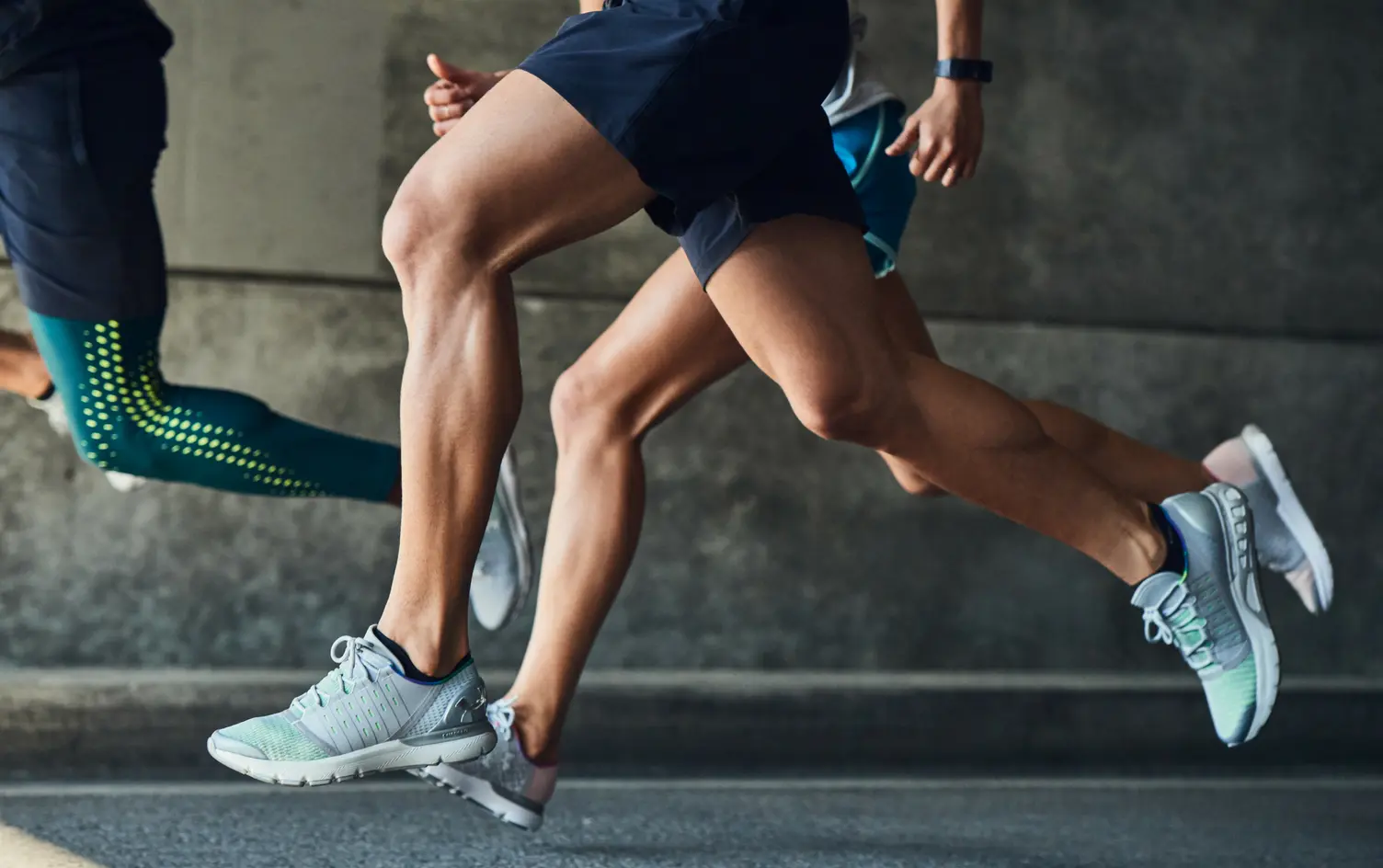During foot pronation, with the rearfoot fixed to the ground, your leg will usually follow the movement of your upper ankle. It means that the tibia – leg bone – being tightly locked with the talus – ankle bone -, we see a medial move of the ankle – adduction -, an internal rotation of the leg, knee flexion and adduction.
Movement is reversed during the propulsion phase of the gait.
Both happen with relative synchronicity.
Overall, the knee exhibits less motion than the tibia and the ankle.
If you pronate for too long, the system becomes asynchronous, and tibia internal rotation is prolonged. The joint that will compensate for this is the hip, in order to keep the ankle/knee/hip alignment. This results in some excessive loading of different structures, as well as excessive contact pressure on the kneecap.
As we will see later, a potential way to prevent this knee problem is to strengthen hip rotator muscles.
At this point, we already have seen that knee pain can either be caused by a foot issue – excessive pronation – or a hip issue – weak muscles.
In our next post, we will discuss knee strength.

